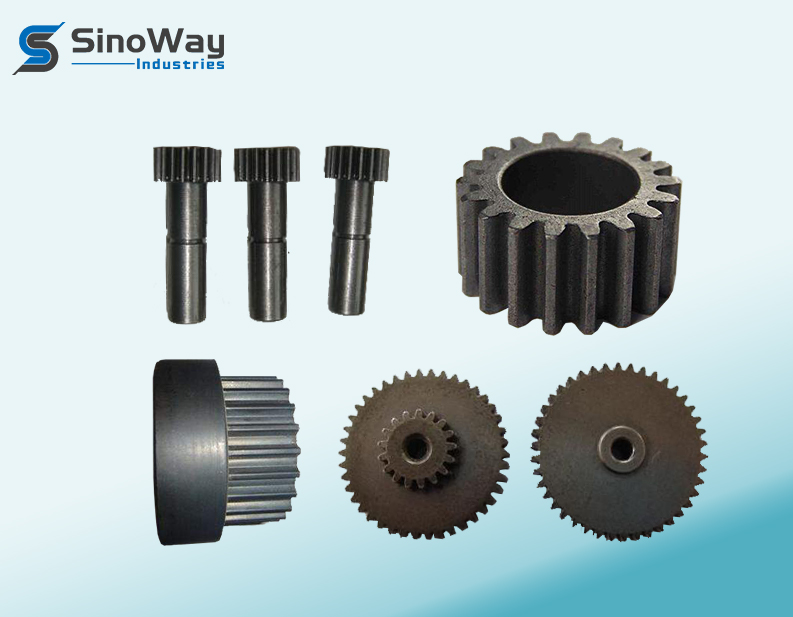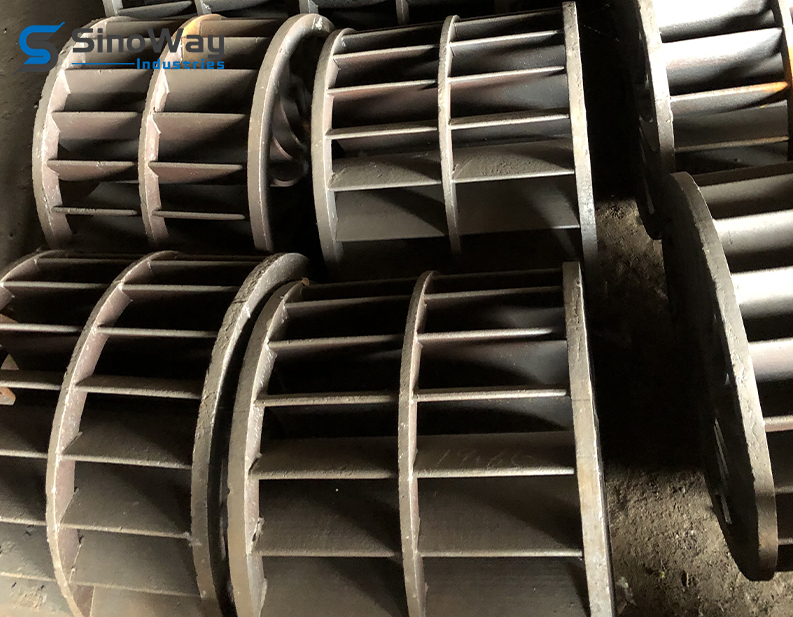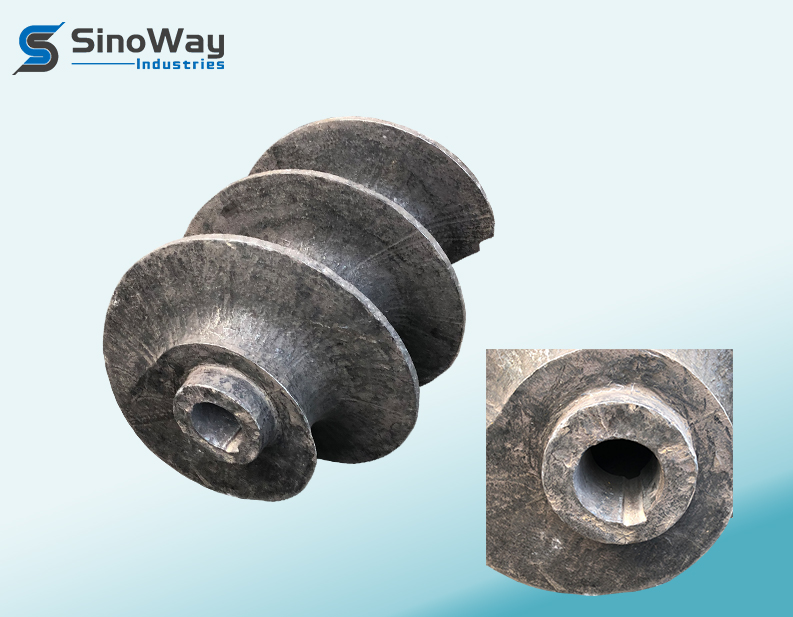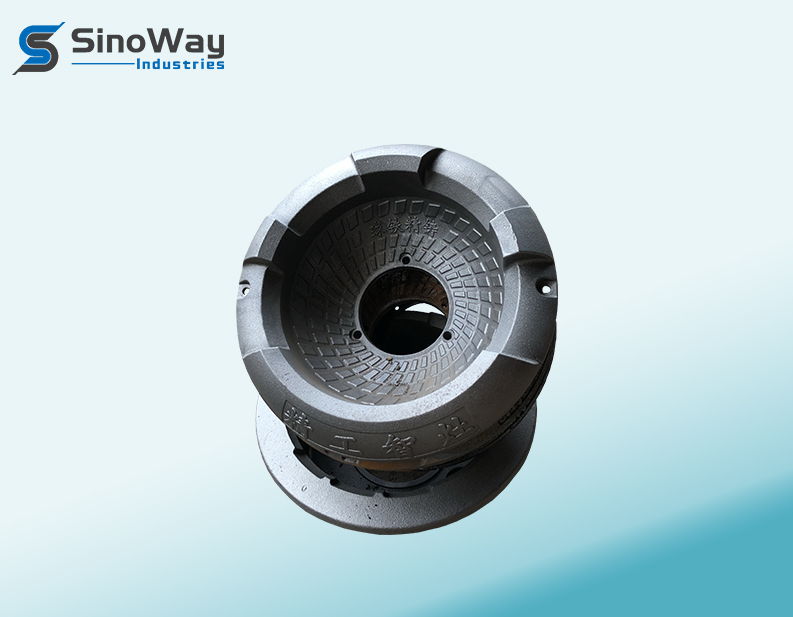In the manufacturing industry, efficiency and precision are crucial to maintaining a competitive edge. For sheet metal manufacturers like Hailihong, utilizing advanced forming tools can significantly improve production quality, reduce waste, and optimize overall operations. This article explores how to enhance your manufacturing processes with the strategic use of sheet metal forming tools.
Understanding Sheet Metal Forming Tools
Sheet metal forming tools are specialized instruments designed to shape, cut, and form sheet metal into specific designs or structures. They range from simple hand tools to advanced CNC-controlled machinery. These tools are indispensable for achieving precise dimensions and meeting specific customer requirements.
Types of Sheet Metal Forming Tools
- Press Brakes: Used to bend sheet metal accurately into complex shapes.
- Punch Presses: Essential for cutting holes and intricate patterns.
- Roll Forming Machines: Ideal for producing consistent, long profiles.
- Die Sets: Tailored for custom shapes and forms.
- Laser Cutting Machines: Provide precision cutting with minimal material waste.
Benefits of Using Advanced Sheet Metal Forming Tools
At Hailihong, integrating state-of-the-art tools has resulted in several advantages:
1. Enhanced Precision
Modern forming tools, especially CNC-enabled machines, deliver unmatched accuracy. This ensures the final products meet stringent tolerances and quality standards.
2. Improved Efficiency
Automated tools reduce manual intervention, allowing for faster production cycles and increased output. For instance, laser cutting machines can execute complex designs at a fraction of the time compared to traditional methods.
3. Cost Reduction
Advanced tools minimize material waste and reduce rework, leading to significant cost savings. Additionally, energy-efficient machines lower operational expenses.
4. Design Versatility
Tools like punch presses and roll formers enable manufacturers to create intricate designs and shapes that meet diverse client needs without compromising on structural integrity.

Key Strategies to Improve Manufacturing with Sheet Metal Forming Tools
1. Invest in High-Quality Equipment
Choosing durable and reliable forming tools is critical. At Hailihong, we prioritize investing in cutting-edge machinery that offers longevity and consistent performance.
2. Regular Maintenance
Proper maintenance ensures tools operate at peak efficiency. Regular inspections and timely repairs prevent downtime and extend the lifespan of the equipment.
3. Skilled Workforce Training
Equipping your workforce with the necessary skills to operate and maintain advanced tools is crucial. Hailihong conducts regular training programs to keep our team updated on the latest technologies.
4. Streamlining Workflow
Integrating forming tools into a streamlined workflow improves productivity. Tools such as automated feeders and conveyors can be incorporated to reduce manual handling and speed up production.
5. Adopting Smart Manufacturing Practices
Leveraging technologies like IoT and AI in sheet metal forming tools enables real-time monitoring and predictive maintenance. This enhances efficiency and reduces the risk of unexpected failures.
Case Study: Hailihong’s Success with Sheet Metal Forming Tools
Hailihong implemented a combination of CNC-controlled press brakes, laser cutters, and automated punch presses in its operations. The results included:
- 30% Reduction in Production Time: Automation streamlined processes, significantly cutting down cycle times.
- 20% Increase in Product Accuracy: Advanced tools ensured consistent output with tighter tolerances.
- 15% Cost Savings: Reduced material waste and rework contributed to overall savings.
Final Thoughts
Sheet metal forming tools are the backbone of efficient manufacturing processes. By selecting the right tools and adopting modern practices, manufacturers like Hailihong can achieve exceptional results and stay ahead in the industry. The journey to process improvement begins with understanding your needs and aligning them with the best tools and strategies available.






